What is a followspot
A followspot is a narrow beam directional luminaire capable of spotlighting a performer on a stage. It projects a bright pool of light that follows the movement of the performer thereby focusing the audience’s attention on the solo performance. Although some automation is occurring, followspots have been designed to be operated by a technician. Typically stand mounted, the directional luminaire can be tilted and swiveled manually so that the beam can follow the performer.
While console operation via DMX protocol allows for remote beam, color and intensity control, followspots come with local controls for stand-alone on/off switching, dimming, beam control, color correction or changing, and, in some cases, pattern projection. The control panel has sliders or buttons that provide the ability to switch between colors and adjust luminous intensity in a stand-alone fashion. The beam is usually sharp-edged. Controls often exist, to soften the crisp, hard edge of the circle of light, when required. The size of the beam can be altered with the use of a mechanical iris. Framing shutters may be equipped to enable beam shaping.
An accelerating adoption of LED technogy
Traditional followspots use tungsten-halogen or metal-halide gas discharge lamps as the light source. The latest generation of products take advantage of solid state light sources that bring stage lighting to the forefront of performance and sustainability. In addition to significant source efficacy and lifespan improvements, the transition to LEDs has been propelled by the transformative capabilities that were not possible with previous technologies. The small source size and optical directionality of LEDs allow more efficient delivery of light with the optimum optical distribution. The spectral power distribution (SPD) of the light emitted by LEDs can be tailored for stage lighting applications through manipulation of the energy band gap of the semiconductors and the phosphor downconverter composition. This is not the only spectral control advantage of LED technology.
Additive color mixing
Conventional spotlights produce colored light through subtractive color mixing. This process uses color filters which allow only light with the desired wavelengths to pass through and throw away radiant energy of other wavelengths. LEDs, on the other hand, can not only be spectrally engineered at the chip- or package-level to produce light of the desired color, but also create secondary colors through the mixing of the three primary colors of visible light, which is known as additive color mixing. Additive color does not suffer from the energy loss associated with subtractive color mixing.
The full, instantaneous dimmability of LEDs makes it possible to dim the component LEDs of an LED module and dynamically produce any desired color across the color gamut at any level of saturation. The ability to precisely control the lighting output of an LED is an intriguing lighting feature. Apart from the actively controllable color mixing process, LED followspots are able to provide smooth, high quality theatrical fades and create engaging ambiances depending on the scenario.
System design
An LED followspot light is a cylindrical or square longitudinal fixture that typically consists of a control panel, LED module, power supply, thermal management system, variable zoom optical system, and iris cassette. A front-end accessory holder is often equipped to accommodate various accessories such as a cylindrical hood (top hat), external color boomerang, or concentric rings for added beam shaping or color functionality. 3-pin or 5-pin XLR data connectors are provided for input and loop-through of the DMX signal. A USB port is built into the system for future firmware upgrades or data backup. LED followspots are designed with sliders or rotary switches (knobs) for dimming control and focus adjustment.
The control panel may be equipped with an LCD display which provides an intuitive software interface. An optional horizontal chopper provides masking control in TV studios and wide stages. Other optional features and accessories include internal glass filter holders, color temperature blue (CTB)/color temperature orange (CTO) filters, gobo holders, followspot sights, mechanical strobes, and cue sheet holders. The housing is constructed of either aluminum or steel. As it serves as the heat sink for the LEDs, the material selection and housing design must be a part of the thermal engineering. Manual or motorized zooms designed for followspots deliver a beam spread in the range of 5° to 20°.
Color quality
LED followspots are equipped with light engines with power ratings in tens to hundred of watts. The light engine may use a single-source integrated LED array or an assembly of multiple discrete high power LED packages. The LEDs are phosphor-converted packages with the correlated color temperature (CCT) fixed at either warm 3200K theatre‐standard or the cool 5600K which is more commonly used in TV broadcast applications and in theatrical applications using color filters. Stage lighting imposes a high color rendering standard on the light source. The LEDs must be engineered to deliver radiant power at all wavelengths across the visible spectrum as uniformly as needed.
Thermal management
LED performance with regards to lumen maintenance and color stability is quite sensitive to temperature increase. A high efficiency thermal path must be constructed to draw heat away from the LEDs. When the thermal load of the light engine is too high to be dissipated by the heat sink, active cooling devices such as fans should be used to increase the convection heat transfer coefficient.
LED driver
The LEDs are driven by a constant current load regulated by an LED driver. Typically, an LED driver is a two-stage switching power supply that provides excellent load regulation to ensure flicker-free lighting and include a pulse-width modulation (PWM) dimming circuit for full range intensity adjust without color shift.


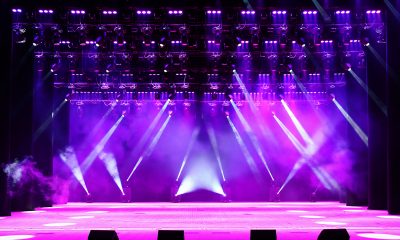
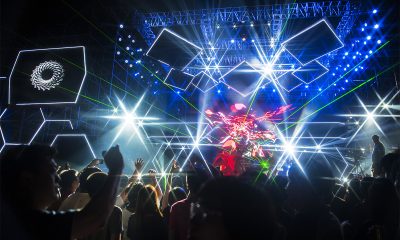
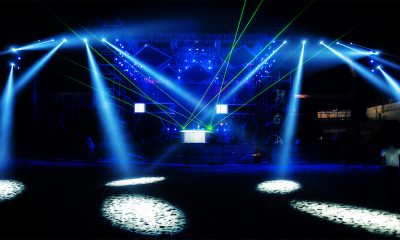
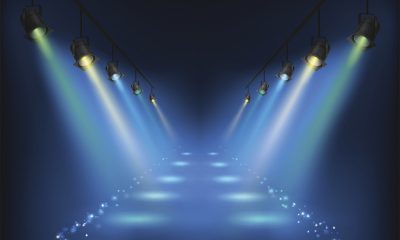
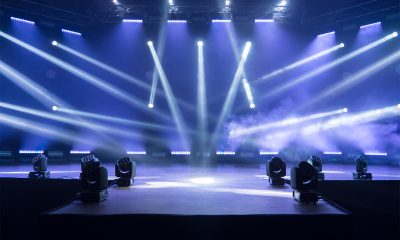
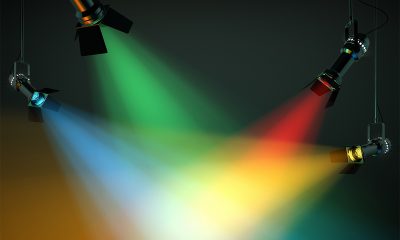
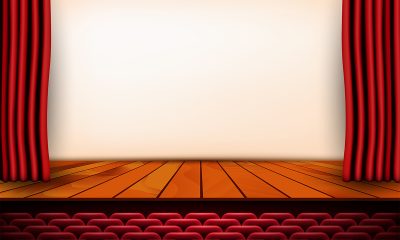
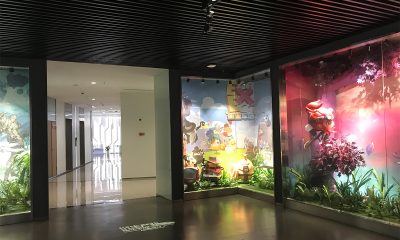





Loading...